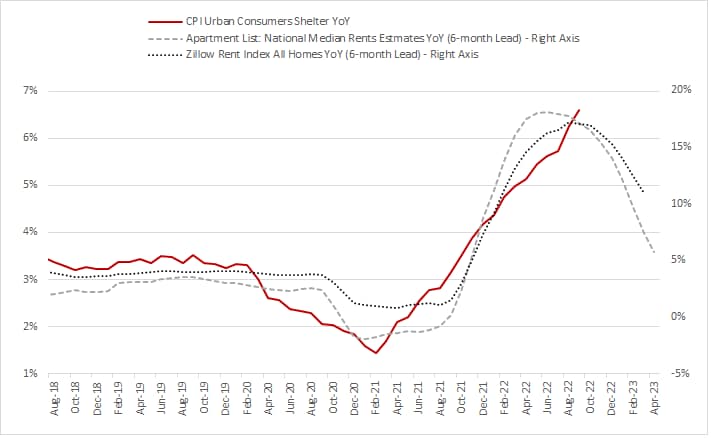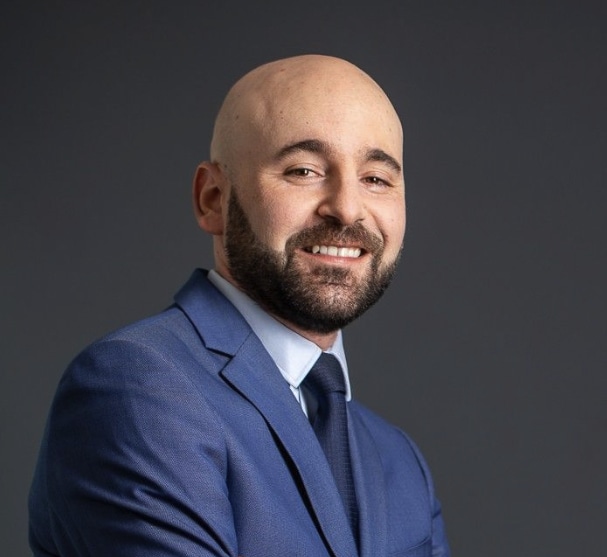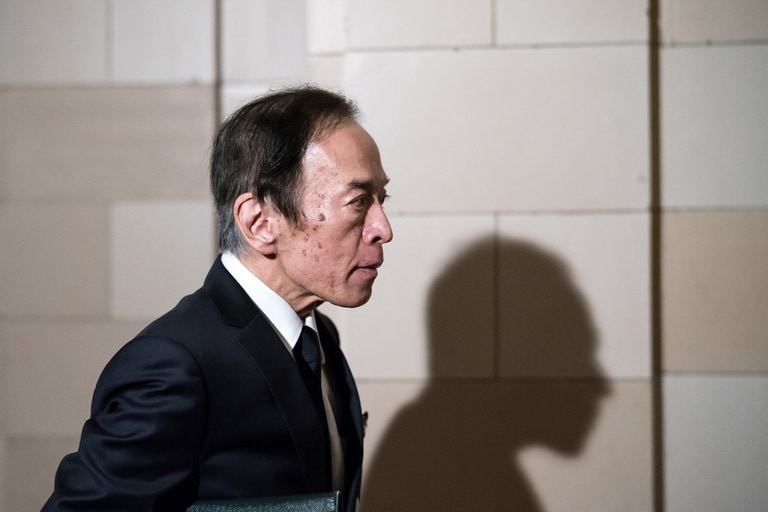The Federal Open Market Committee (FOMC) voted unanimously to boost the fed funds rate by 75 basis points to 3.75%-4.0% at this month’s meeting, the fourth consecutive hike of that size, writes Christophe Barraud, chief economist and strategist at Market Securities, and Bloomberg's top forecaster of the US economy (2012-2020).
US interest rates higher for longer
Even though the Fed’s accompanying statement was perceived as dovish, Fed chair Jerome Powell disappointed market participants in his press conference. Powell acknowledged that the pace of rate hikes is not as important as the ultimate level or duration of higher rates, saying: “what's far more important now is for how long rates will remain high, and we will stay the course until the job is done”.
He also underlined that “the incoming data since our last meeting suggest the terminal rate of fed funds will be higher than previously expected”. In other words, Powell delinked the pace of rate hikes from the ultimate destination, insisting that the higher-than-expected terminal rate will be maintained for longer than investors hoped.
Housing drags on economy in Q3
The Fed’s sentiment came despite a US housing recession which has gained traction over several months, and which could start to weigh on the overall economy. On a quarter-on-quarter annualised basis, residential investment declined 26.4%, taking away 1.37 percentage points from headline Q3 GDP growth (the most since Q4 2007).

On average interest rates on 30-year fixed mortgages exceeded 7% in October and are expected to remain high in the coming months. That has made homes less affordable, affecting demand and pushing down brokers’ commissions due to fewer sales. The monthly mortgage payment for existing homes has jumped by more than 50% year-on-year, putting home ownership out of reach for many households (especially first-time homebuyers).
Existing home sales set to keep dropping in Q4
The latest data showed that existing home sales fell for an eighth straight month in September, hitting 4.71 million on a seasonally adjusted annual rate (SAAR) basis, the lowest since May 2020. The stretch of monthly declines was the longest since 2007.

Proxies already suggest that the fall will continue in the coming months. MBA data showed that, for the week ending 28 October, the mortgage purchase applications index fell for the sixth straight week, reaching the weakest reading since early 2015.
This is despite existing home sales in August and September receiving a temporary boost from households securing a loan before credit conditions tightened, and mortgage rates spiked. Existing home sales is a lagging indicator, as it’s based on signed contracts 30 to 45 days earlier.
Meanwhile, new listings remain constrained for now, reducing choice for potential buyers. Some homeowners have a mortgage rate well below the current elevated levels, who, if they were to move, would lose their current low mortgage payment. National Association of Realtors chief economist, Lawrence Yun, said: “we’re not yet at the bottom”. Bloomberg added “Yun expects the figures to keep deteriorating given the current data is not reflective of where mortgage rates are now.”
House prices likely to drop further
On a year-on-year basis, home prices are still higher than they were a year ago, but gains are slowing at the fastest pace on record, according to the S&P CoreLogic Case-Shiller home price index. Prices in August were up 13% year-on-year, down from 15.6% in July. The 2.6% difference in those monthly comparisons is the largest in the history of the index, implying price gains are decelerating at a record pace.

The 20-city composite was up 13.1% year-on-year, compared with a 16% increase the prior month. On a month-on-month basis, the 20-city SA index dropped 1.32% in August – the largest decline since March 2009 – after falling 0.69% the prior month, while the national home price index dropped 0.86% (the largest decline since February 2010), after falling 0.45% the prior month.
In the meantime, the Federal Housing Finance Agency (FHFA) house price index reported that home prices rose 11.9% year-on-year in August, and decreased by 0.7% from the previous month. In July, the index showed the first monthly decline in home prices since May 2020, the agency said. August’s drop marked the first time since March 2011 that the index has seen two consecutive months of decline.
The trend is unlikely to reverse soon in a context where mortgage rates remain elevated, and consumers’ expectations are gloomy. As a matter of fact, the conference board consumer confidence index showed that, in October, assessments of the outlook based on business, income, and labour conditions decreased by 1.4 points to 78.1. The report highlighted that “the expectations index is still lingering below a reading of 80, suggesting recession risks appear to be rising.”
Downward rents trend could see Fed ease tightening bias
Rents are also under pressure. Market rents data show that the trend has normalised downward since the beginning of the year, with month-on-month data even pointing to a sharp contraction in October. According to the latest Apartment List report, the national index fell by 0.7% in October, “marking the second straight month-over-month decline, and the largest single month dip in the history of our index, going back to 2017.” On a year-on-year basis, rents were still up 5.7% in October, but down from 7.4% in September. The year-on-year deceleration was confirmed by other data providers.

It’s an encouraging sign for the Fed, given the CPI’s measure of rents for homeowners has typically lagged other measures of market rents by between nine and 12 months. As a result, on a year-on-year basis, core CPI, led by rents, could slow markedly from Q1 2023, offering room for the Fed to ease its tightening bias. However, it won’t be sufficient for the Fed to reverse its policy – by starting to cut rates – anytime soon, implying that downward pressures on the housing market will persist for a while yet.
Disclaimer: CMC Markets Singapore may provide or make available research analysis or reports prepared or issued by entities within the CMC Markets group of companies, located and regulated under the laws in a foreign jurisdictions, in accordance with regulation 32C of the Financial Advisers Regulations. Where such information is issued or promulgated to a person who is not an accredited investor, expert investor or institutional investor, CMC Markets Singapore accepts legal responsibility for the contents of the analysis or report, to the extent required by law. Recipients of such information who are resident in Singapore may contact CMC Markets Singapore on 1800 559 6000 for any matters arising from or in connection with the information.








